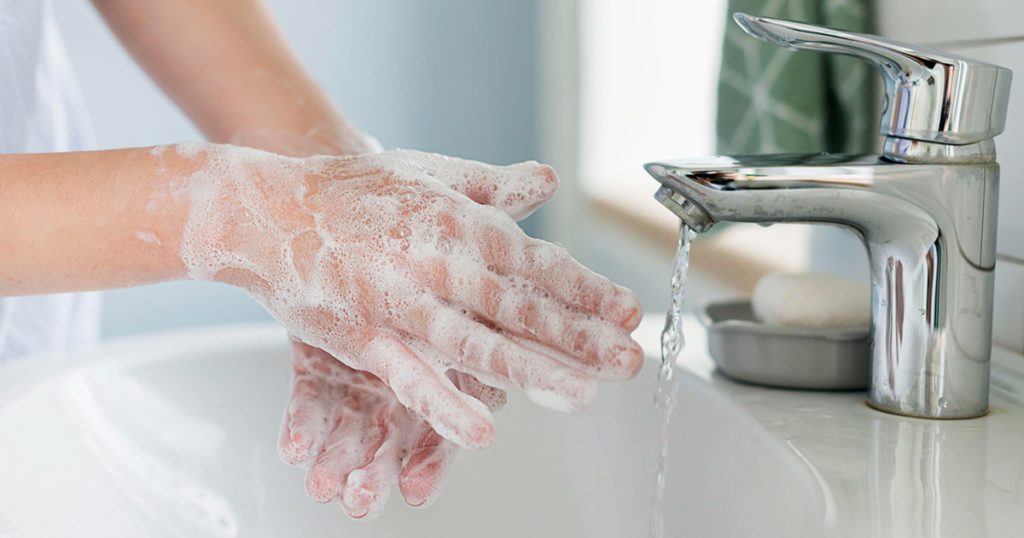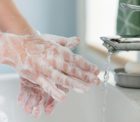Handwashing in Communities

Many germs that can make people sick are spread when we don’t wash our hands. That is why it is so important to practice good hand hygiene. Handwashing with soap and water is simple and inexpensive, and it can significantly reduce the number of individuals getting sick. Teaching people about handwashing helps them and their communities stay healthy. Studies show that handwashing education in the community can:
- Reduce the number of people who get sick with diarrhea by about 23%–40%
- Reduce the number of school days children missed because of gastrointestinal illness by 29%–57%
- Reduce diarrheal illness in people with weakened immune systems by about 58%
- Reduce respiratory illnesses, like colds, in the general population by about 16%–21%
You can help yourself and your loved ones stay healthy by washing your hands often, especially during these key times when you are likely to get and spread germs:
- Before, during, and after preparing food
- Before and after eating food
- Before and after caring for someone at home who is sick with vomiting or diarrhea
- Before and after treating a cut or wound
- After using the toilet
- After changing diapers or cleaning up a child who has used the toilet
- After blowing your nose, coughing, or sneezing
- After touching an animal, animal feed, or animal waste
- After handling pet food or pet treats
- After touching garbage
Follow Five Steps to Wash Your Hands the Right Way
- Wet your hands with clean, running water (warm or cold), turn off the tap, and apply soap.
- Lather your hands by rubbing them together with the soap. Lather the backs of your hands, between your fingers, and under your nails.
- Scrub your hands for at least 20 seconds. Need a timer? Hum the “Happy Birthday” song from beginning to end twice.
- Rinse your hands well under clean, running water.
- Dry your hands using a clean towel or air dry them.
Use Hand Sanitizer When You Can’t Use Soap and Water
- Apply the gel product to the palm of one hand (read the label to learn the correct amount).
- Rub your hands together.
- Rub the gel over all the surfaces of your hands and fingers until your hands are dry. This should take around 20 seconds.
Sources/References:
https://www.cdc.gov/handwashing/global-handwashing-day.html


